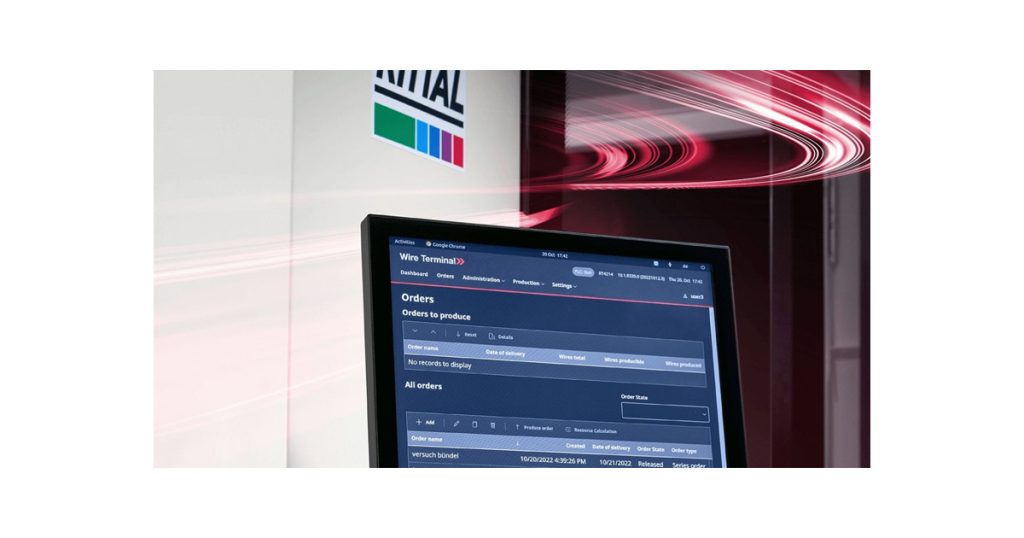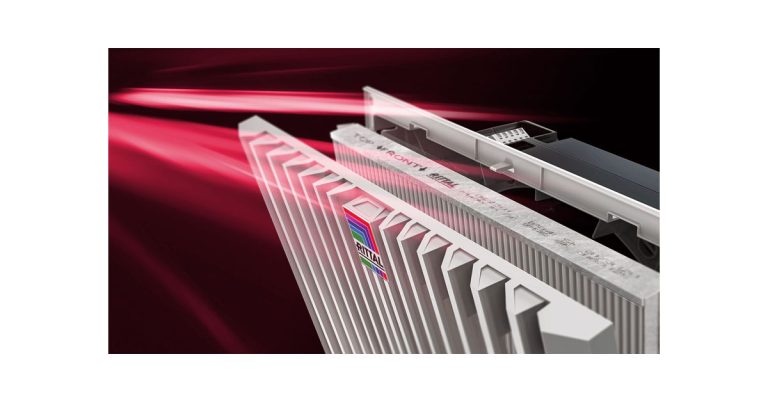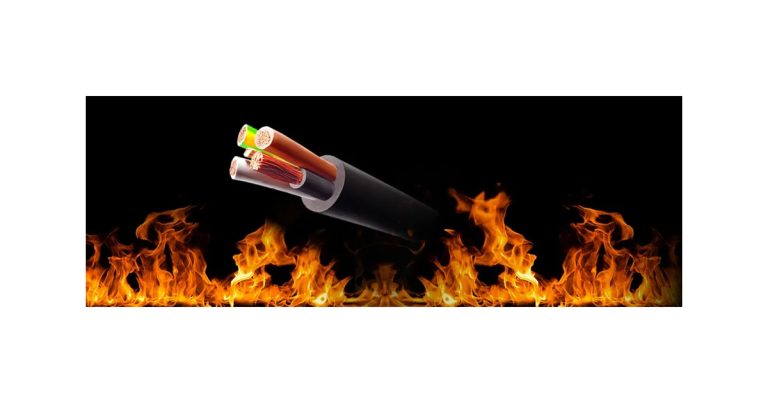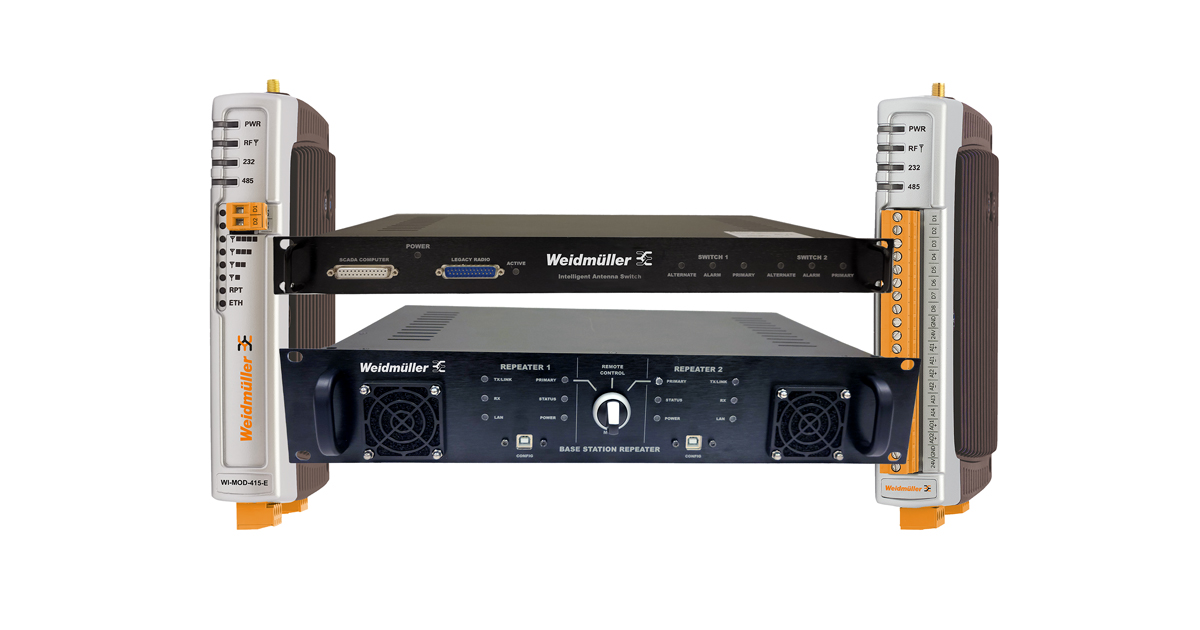3 Ways Automating Your Wire Processing Can Help Increase Productivity

September 11, 2024
One of the biggest challenges panel builders face in assembling control panels is wire processing. Not only can this be an extremely precise and custom process, but it can also be mission-critical for the performance and reliability of an automation system. Panel builders that still rely on manual wire processing face a whole other set of challenges regarding labor shortages, lead times, and costly mistakes in the wiring process.
This is why many companies across various industries have automated their wire processing needs, from wire cutting, labeling, stripping, and crimping ferrules. With an automated approach to panel wire processing, panel building shops can experience an increased speed-to-market and save time and money in the process.
This article will look at three ways automating your wire processing tasks can help increase productivity and grow your business.
Automated wire processing helps increase throughput
Throughput is key to maximizing wire processing productivity. Manual wire processing produces prolonged lead times and reduces throughput in a variety of ways. First, it takes longer to wire panels manually, and doing so also leaves more room for mistakes — such errors can then result in the need to rewire panels or throwing wire away, which takes time and costs money. In addition, labor shortages make it difficult for panel builders to keep pace with customer demand.
An automated wire processing solution can help panel builders increase the speed of production by a factor of 10. For example, Rittal’s Wire Terminal WT C solution can produce up to 36 different wires with cross-sections ranging from 0.5 mm² to 6 mm² at more than 200 wires per hour without any manual intervention. What’s more, automating panel wiring also increases the precision and efficiency of cutting, tapping, and milling, especially with highly customizable jobs that require rapid turnaround.
The variety of wire assembly tasks, easy job setup and modification, and compact nature of the machine help panel builders work faster and more precisely to increase throughput times in service of increasing productivity.
Automated wire processing can establish standardization and enhance consistency
Panel builders need to provide wire processing with a high degree of accuracy and reliability in order to meet the precise specifications of their customers. The error-prone nature of manual wire processing can compromise job precision, and it can also be difficult to standardize processing tasks in service of enhancing quality and consistency. This can make it challenging for panel shops to demonstrate their ability to take on more complex jobs and grow their customer base.
With an automated wire processing platform, panel builders can count on a digitally supported process to standardize the quality of wire cutting, stripping, and crimping to create a more consistent end product. Plus, this digitalization makes it possible to execute more variable, complex panel wiring.
Rittal’s WT C wiring terminal offers flexible configuration, a quick-change system for wires, process reliability, three wire output methods, and end-to-end digitalization to support a higher level of standardization and consistency. Plus, integrating the WT C with Eplan’s CAE software can further increase the speed, efficiency, and quality of panel wiring processes.
Automated wire processing helps increase production flexibility
For panel builders, flexibility in wire processing means an increased ability to scale operations and react in real time to changes or alterations in processing specifications. This kind of flexibility is difficult to achieve with manual processing, especially for shops with high volume workloads or those that struggle with labor shortages.
Production flexibility is also key in accelerating panel wiring to help meet tight turnaround times — reducing lead time is mission-critical for companies across all segments of modern manufacturing.
An automated panel wiring system makes it faster and easier for panel builders to scale wire processing or adjust to sudden change orders without the risk of errors or production downtime. Plus, digitalizing your wire processing via automation produces performance data that can offer valuable insights into your workflows, and identify inefficiencies that may be barriers to increased productivity.
With an automated wire processing platform, panel builders can not only operate faster, more efficiently, and with a greater degree of flexibility, but they can leverage these benefits to boost productivity and growth.












